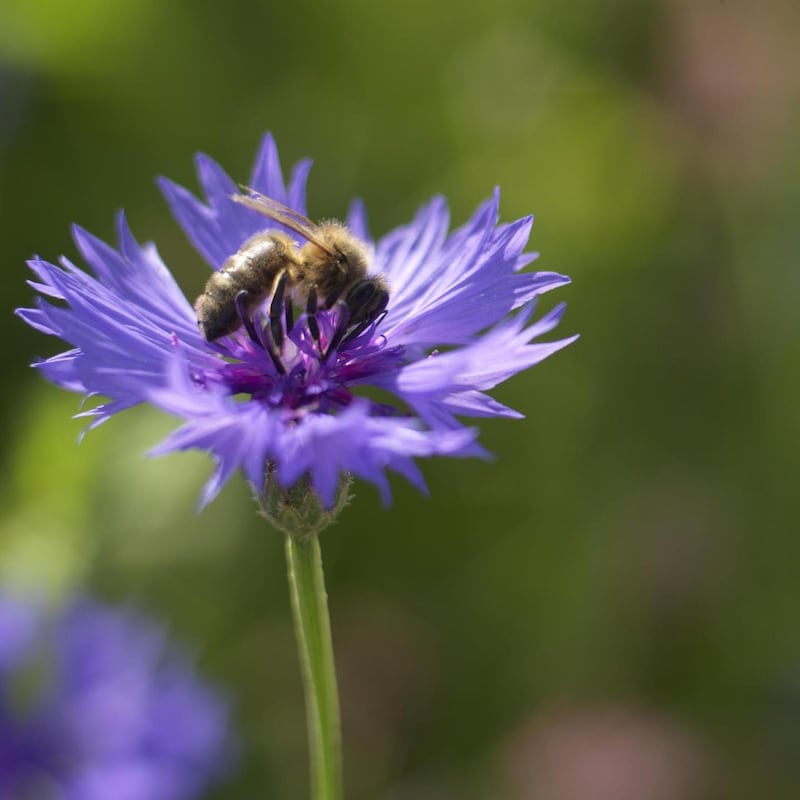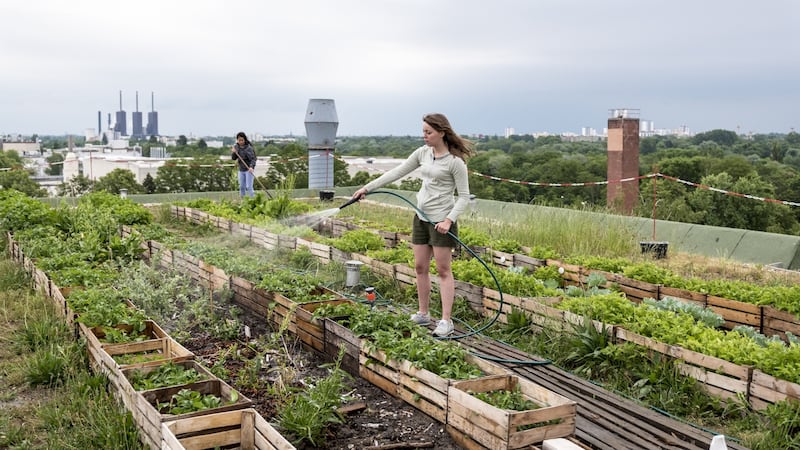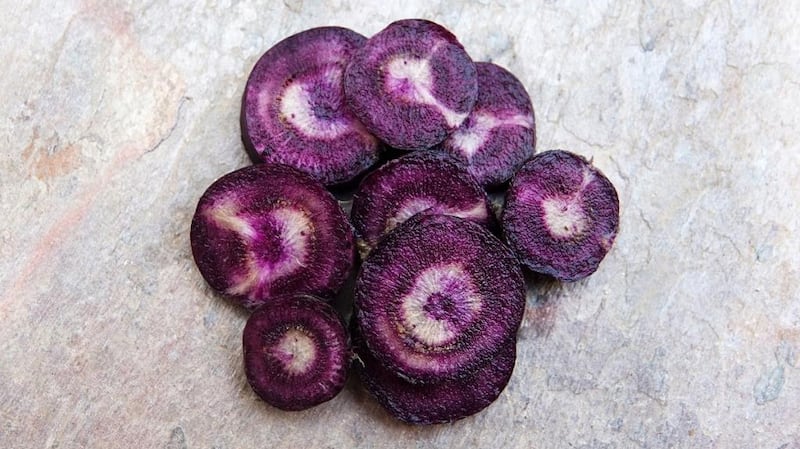So it’s farewell to “the tenties”- or whatever you want to call the last decade – and hello to the “twenty-twenties”. But before we bid this dying decade a final adieu, let’s take a moment to celebrate the many ways in which it’s changed the face of modern gardening for the better.
Let’s raise a glass, for example, to our growing understanding of the valuable role that even the smallest garden can play in fighting climate change, biodiversity loss, pollution and soil erosion. Likewise, as evidence has mounted of the enduring environmental harm caused by many widely-available garden chemicals, a big hurrah for the fact that so many of us have stopped using them. The wonderful truth is that sustainable gardening– or what some call ethical gardening– has become mainstream in a way that few could have imagined at the beginning of this decade.
Thriving community gardens and allotment sites that foster sustainable food-growing skills have put down roots all around the country. Pollinator-friendly wildflower meadows have usurped tightly-mown lawns requiring fuel-guzzling mowers, key permaculture techniques such as mulching, composting and rainwater harvesting once considered niche are now the norm while we’ve even begun to appreciate – who would have thunk it? – the valuable role that garden weeds play in providing precious habitats for pollinating insects.

In short, we’ve come a long way.
So what do the 2020s have in store? The answer is almost certainly more of the same as gardeners continue to grapple with the perfect storm caused by climate change, pollution, urbanisation, dwindling biodiversity and habitat degradation.
Our dependence on environmentally unsustainable peat-based composts and single-use plastic plant pots, for example, is sure to come under ever-increasing scrutiny. So will the use of harmful garden chemicals, from garden insecticides that harm pollinators to the toxic weedkillers that pollute waterways and undermine the health of many different organisms.
For the same reason it’s almost inevitable that the easy, over-the-counter availability of many common garden insecticides, fungicides and pesticides will become a thing of the past (a growing number of European countries have already banned the use of the controversial glyphosate-based weedkiller commonly known as RoundUp while many other garden chemicals in common use just a decade ago, such as methiocarb-based slug pellets, are now outlawed for environmental reasons).
Fostering soil health and resilience will also become increasingly important as more Irish gardeners move away from quick-fix synthetic fertilisers towards the use of green manures and sustainable organic mulches such as homemade garden compost, seaweed, chopped straw, vermicompost, leaf mould, grass clippings and well-rotted manure.
Meanwhile other innovative planet-friendly, organic additives that help support soil health and fertility will become mainstream. One example is Soil Renew, developed by the French organic farmer Marcel Mézy back in the 1990s, which uses the action of beneficial soil micro-organisms to encourage the rapid production of precious humus (the latter acts as a vital storehouse for plant nutrients).
It replicates the conditions found in natural woodlands as a way of dramatically regenerating soil health and fertility
Another is biochar, a type of charcoal that helps sequester carbon and dramatically increase water and nutrient availability. A third is innovative Irish company Hexafly’s organic fertiliser frass, a natural by-product of sustainably-farmed black soldier flies that makes a fantastic organic soil additive rich in chitin (a natural biopesticide that boosts plants’ healthy growth and their ability to fight off pests and pathogens).
A fourth is the French-Canadian technique known as BRF or RCW that I wrote about earlier this year in a column about the remarkable Laois-based organic gardener Tanguy de de Toulgoët. Originally developed by Edgar Guay in the 1970s to help Quebec foresters, it replicates the conditions found in natural woodlands as a way of dramatically regenerating soil health and fertility.

Not only will the ways in which we garden continue to radically evolve over the coming decade, so will the kinds of gardens that we want to create. Instead of being designed primarily for human use, increasingly they will be wildlife-friendly, habitat-rich spaces that help support biodiversity while nurturing our health and connection to the natural world. Those same gardens will also be designed to accommodate the increasing risk of extreme climate events from flash-flooding and violent storms to prolonged drought, using sustainable drainage systems (SUDS) and adaptable, disease-resistant species.
The question of where we garden will also continue to evolve as we search for innovative ways to overcome the challenges of urbanization and food security. Living walls, roof gardens, container gardens, school gardens, allotment sites and urban community gardens such as those at Dublin's Pearse College, Santry walled garden, Mud Island, St Brigid's (Stillorgan) and Bray's Festina Lente; Community-managed gardens such as the RHSI's walled garden at Russborough in County Wicklow and Colclough walled garden in Wexford; restaurant gardens such as those of Burtown's Green Barn in Athy and Avoca in Dunboyne as as well as productive workspace gardens such as that of the IT Cork-based company Voxpro are all examples.
Another omen of the future is the vast indoor garden square- larger than three tennis courts combined- belonging to London’s new Landmark Pinnacle development, which will occupy the entire 27th floor of the 75-floor tower.

Last but not least, the internet will continue to inspire, inform and galvanize us. At the beginning of this decade it was all about blogging and Twitter; as it comes to an end, Instagram, Youtube and garden podcasts now rule the digital roost. Indeed, such is the far-reaching power of the net that the gardening community has truly become a global one. That's surely only a good thing for this precious planet of ours.
(See soilrenew.ie ; biocharireland.com ; biochar-us.org; hexafly.co ; knowledgebase.permaculture.org.uk ;cgireland.org )
This Week in the Garden
This is a great time of the year to browse the new crop of seed catalogues and make a wish list of plants to grow next year. Bear in mind that stock of newly introduced or very fashionable varieties can often quickly sell out so it's always a good idea to place orders early in the growing season to avoid disappointment. Amongst the varieties on my own wish list for 2020 is the half-hardy annual Cosmos "Apricot Lemonade" , Thompson & Morgan) , Helichrysum bracteatum in all colours (great for using as dried flowers, seedaholic.com) , the purple-fleshed Carrot "Black Nebula" (chilternseeds.co.uk), and Tomato 'Tangidel (brownenvelopeseeds.com).

Winter-flowering, scented evergreen climbers that will add interest to the garden at this time of year aren’t easy to come by but the borderline-hardy Clematis cirrhosa is a great choice for growing against a sheltered, sunny wall or pergola in mild gardens. Several varieties are now widely available including ‘Jingle Bells’ (large white flowers) and the floriferous Clematis ‘Advent Bells’ (cream and pink bell-shaped flowers).
Dates For Your Diary
From January 1st-January 31st, National Botanic Gardens, Glasnevin, Dublin 9, "Hidden January Blossoms", a daily guided walk exploring some of the garden's "best South African and South American blooms, scented Chinese blossoms, and more", Monday – Saturday: 11.30am and 3.00pm, €5 per person, Sundays: 12pm and 2.30pm, free of charge, see botanicgardens.ie; Wednesday, January 8th (8pm), Kill O'The Grange Parish Centre, Kill Lane, Dun Laoghaire, Co. Dublin, "Secrets of the Smaller Garden", a talk by TJ Maher of Patthana Gardens, Kiltegan, Co. Wicklow, on behalf of South County Dublin Horticultural Society. Visitors €5.









